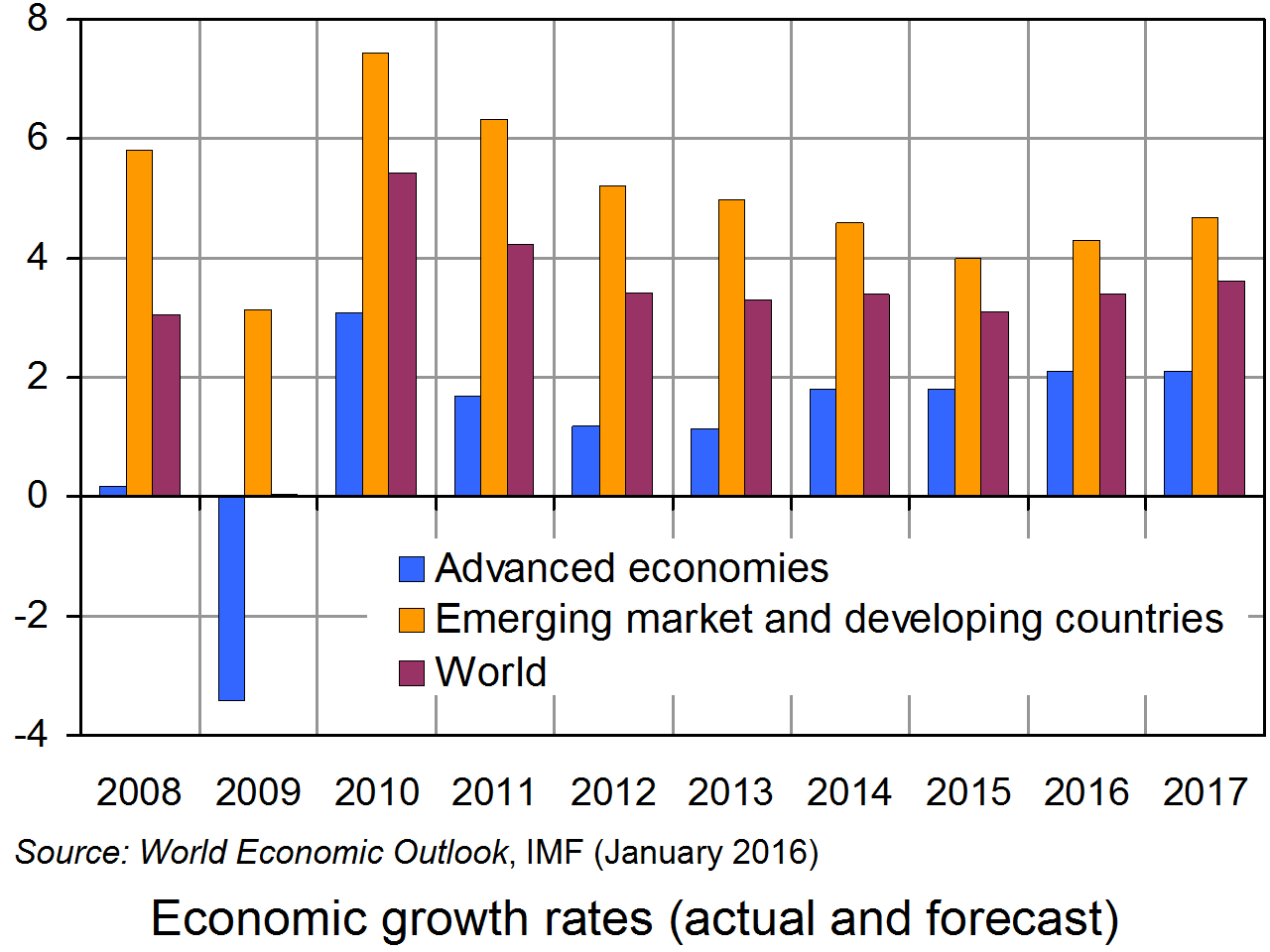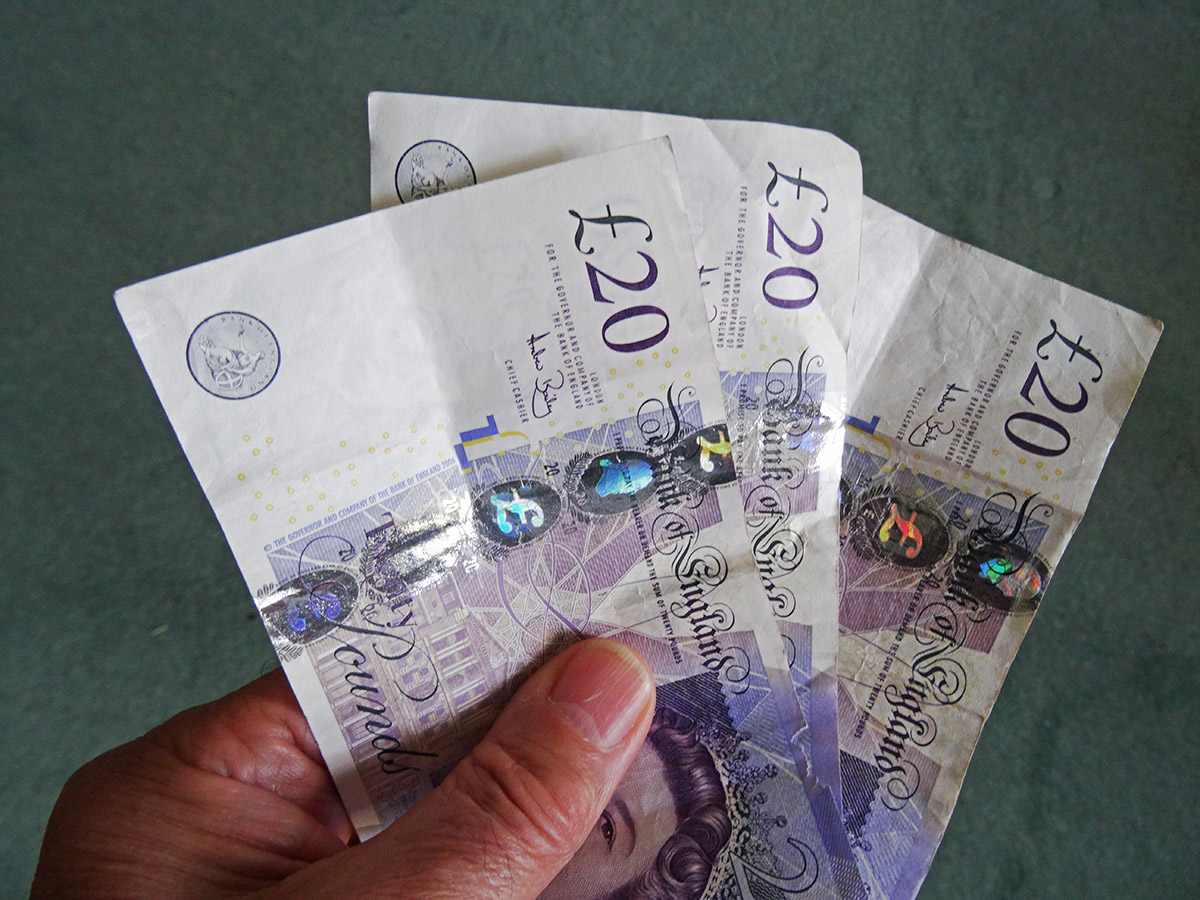 How to get the most from your money? This is the question posed by the linked article below. It’s a topic we’ve looked at in previous posts, such as Studies show that money can buy happiness (but only if you spend on experiences), Happiness economics and Peak stuff. This article takes the arguments further.
How to get the most from your money? This is the question posed by the linked article below. It’s a topic we’ve looked at in previous posts, such as Studies show that money can buy happiness (but only if you spend on experiences), Happiness economics and Peak stuff. This article takes the arguments further.
It suggests that, up to a certain level of income, there is a roughly linear relationship between money and life satisfaction. As poor people have more to spend, so they can begin to escape poverty and the negative features of financial insecurity and a lack of basic necessities, such as food and shelter. They also gain a greater freedom to choose what and when to buy. Beyond a certain level, however, the rate of increase in life satisfaction tends to decline, as does the specific pleasure from additional individual purchases. In economists’ language, the marginal utility of income diminishes.
But the article goes further than this. It suggests that satisfaction or happiness is of two broad types. The first is the general sense of well-being that people get from their life. This tends to be relatively stable for any given person, but will tend to increase as people have more money to spend or have more fulfilling jobs. Of course, there may well be a trade-off between income and job satisfaction. Some people may prefer to take a cut in pay for a more fulfilling job.
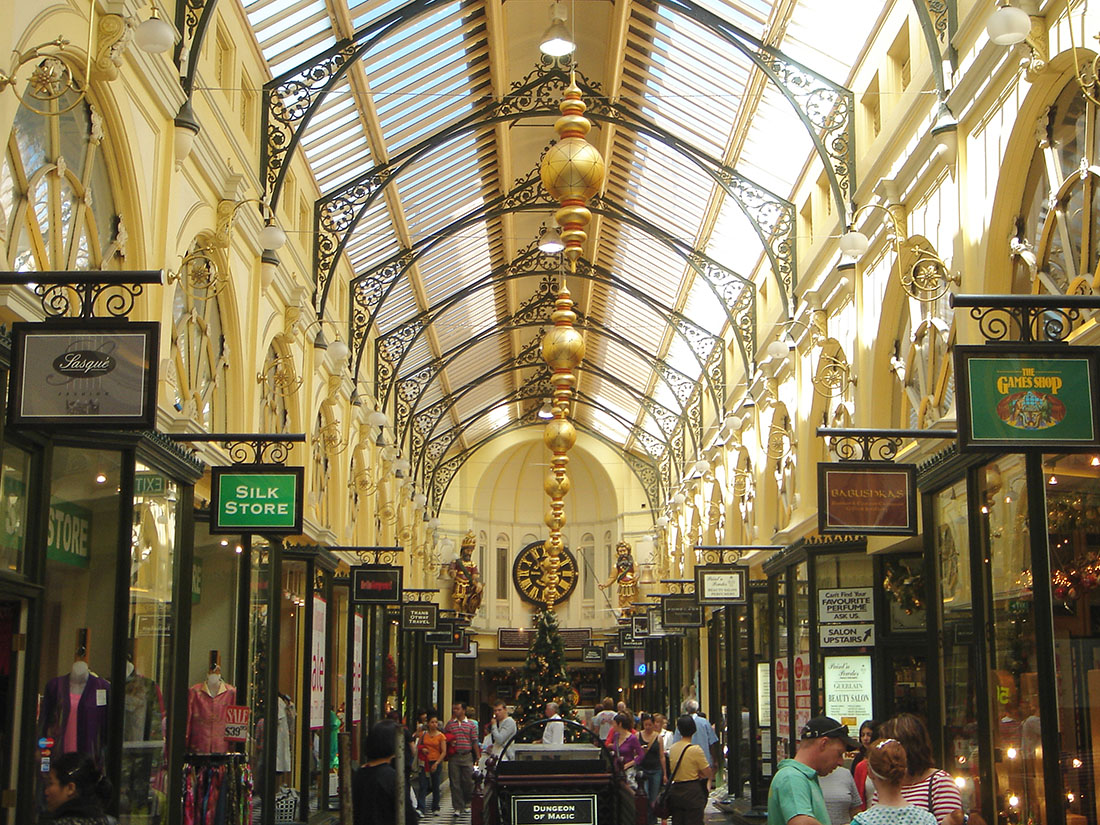 The second is the satisfaction or happiness you get from specific experiences. This tends to fluctuate on a day-to-day basis, depending on what you are doing. Here, what you purchase and the use you make of the purchases is a key component.
The second is the satisfaction or happiness you get from specific experiences. This tends to fluctuate on a day-to-day basis, depending on what you are doing. Here, what you purchase and the use you make of the purchases is a key component.
So what lessons are there for earning and spending money wisely? To start with, it is important to get a good work-life balance. It may be worth trading income for job satisfaction. Here the focus should be on long-term fulfilment, rather than on the short-term happiness from more ‘stuff’. Then it is important to spend money wisely. Here the author identifies three lessons:
The first is to consider buying time. Time-saving purchases, such as dishwashers can help. So too can ‘outsourcing’ activities, such as cleaning, laundry, cooking, DIY or child care, if they give you more time to do other more fulfilling things (but not if you love doing them!).
 The second is to spend more money on experiences (as we saw in the post Studies show that money can buy happiness (but only if you spend on experiences). A better TV or car may seem like a wiser investment than more dinners out, holidays or going to concerts. But we quickly adapt to new upgraded ‘stuff’, thereby eliminating any additional satisfaction. Experiences, however, tend to linger in the memory. As Tom Gilovich, a psychology professor at Cornell University, is quoted by the article as saying:
The second is to spend more money on experiences (as we saw in the post Studies show that money can buy happiness (but only if you spend on experiences). A better TV or car may seem like a wiser investment than more dinners out, holidays or going to concerts. But we quickly adapt to new upgraded ‘stuff’, thereby eliminating any additional satisfaction. Experiences, however, tend to linger in the memory. As Tom Gilovich, a psychology professor at Cornell University, is quoted by the article as saying:
Even though, in a material sense, they [experiences] come and go, they live on in the stories we tell, the relationships we cement, and ultimately in the sense of who we are.
Choosing a more fulfilling but less well-paid job is a form of spending money on experiences.
The third is to give some of your money away, whether to charity or to helping friends or relatives. As Gilovich says:
It’s hard to find a more charming finding than that by giving away money, you not only make someone else happier, you make yourself happier.
Article
Questions
- What is meant by ‘diminishing marginal utility of income’? Is the concept consistent with the arguments in the article?
- In what sense may it be rational to choose a lower-paid job?
- Is ‘happiness’ the same as ‘utility’ as the concept is used by economists?
- Does the concept of ‘peak stuff’ apply to all physical products? Explain your answer.
- If giving money away makes a person happy, is it truly altruistic for that person to do so? Explain.
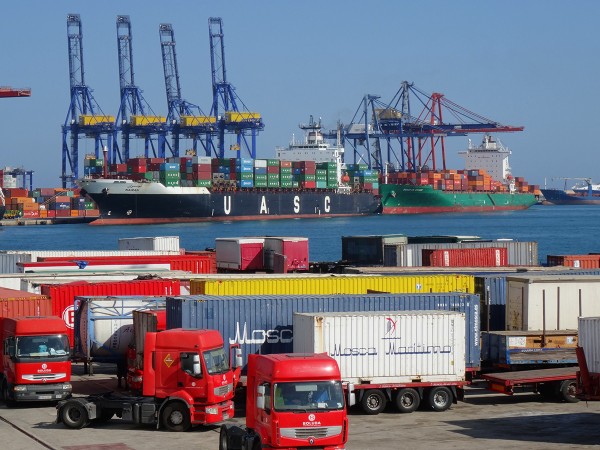 There is a lot of pessimism around about the state of the global economy and the prospects for more sustained growth. Stock markets have been turbulent; oil and other commodity prices have fallen; inflation has been below central bank targets in most countries; and growth has declined in many countries, most worryingly in China.
There is a lot of pessimism around about the state of the global economy and the prospects for more sustained growth. Stock markets have been turbulent; oil and other commodity prices have fallen; inflation has been below central bank targets in most countries; and growth has declined in many countries, most worryingly in China.
The latest worry, expressed by finance ministers at the G20 conference in Shanghai, is that UK exit from the EU could have a negative impact on economic growth, not just for the UK, but for the global economy generally.
But is this pessimism justified? In an interesting article in the Independent, Hamish McRae argues that there are five signs that the world economy is not doomed yet! These are:
|
|
| • |
There are more monetary and fiscal measures that can still be taken to boost aggregate demand. |
| • |
Despite some slowing of economic growth, there is no sign of a global recession in the offing. |
|
|
| • |
US and UK growth are relatively buoyant, with consumer demand ‘driving the economy forward’. |
| • |
Deflation worries are too great, especially when lower prices are caused by lower commodity prices. These lower costs should act to stimulate demand as consumers have more real purchasing power. |
| • |
Inflation may start to edge upwards over the coming months and this will help to increase confidence as it will be taken as a sign that demand is recovering. |
So, according to McRae, there are five things we should look for to check on whether the global economy is recovering. He itemises these at the end of the article. But are these the only things we should look for?
Five signs that the world economy is not doomed yet Independent, Hamish McRae (27/2/15)
Questions
- What reasons are there to think that the world will grow more strongly in 2016 than in 2015?
- What reasons are there to think that the world will grow less strongly in 2016 than in 2015?
- Distinguish between leading and lagging indicators of economic growth.
- Do you agree with McRae’s choice of five indicators of whether the world economy is likely to grow more strongly?
- What indicators would you add to his list?
- Give some examples of ‘economic shocks’ that could upset predictions of economic growth rates. Explain their effect.
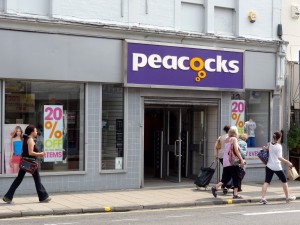 It’s not the first retailer to go into administration and it won’t be the last, but the well-known high street retailer Peacocks will continue to trade for the foreseeable future thanks to Edinburgh Woolen Mill.
It’s not the first retailer to go into administration and it won’t be the last, but the well-known high street retailer Peacocks will continue to trade for the foreseeable future thanks to Edinburgh Woolen Mill.
The administrators were called in at the beginning of 2012, as Peacocks total debt reach £750 million and it was unable to restructure £240 million of this debt. Edinburgh Woollen Mill has bought the company out of administration, protecting 6000 jobs in the UK. However, at the same time more than 3000 workers will be made redundant, as 224 stores cease trading.
Throughout the recession, retailers across the UK have been struggling, as household incomes have remained low, causing consumer spending to fall. One of the administrators from KMPG, commented that:
‘This (the low consumer demand), combined with a surplus of stores and unsustainable capital structure, led to the business becoming financially unviable.’
 The coming months will be crucial in determining whether more jobs are lost and if there are any further store closures. Much hinges on the ability of Edinburgh Woollen Mill to stabilize the financial performance of Peacocks and stimulate renewed customer demand. The following articles consider this take-over.
The coming months will be crucial in determining whether more jobs are lost and if there are any further store closures. Much hinges on the ability of Edinburgh Woollen Mill to stabilize the financial performance of Peacocks and stimulate renewed customer demand. The following articles consider this take-over.
Peacocks closes 19 Ulster stores with 263 job losses Belfast Telegraph (23/2/12)
Peacocks Takeover: Edinburgh Woollen Mill buy retailer but 3,100 jobs lost BBC News (including video) (22/2/12)
Peacocks piqued by PIKs Guardian, Nils Pratley (22/2/12)
Edinburgh Woollen Mill buys Peacocks Independent, James Thompson (23/2/12)
Peacocks sold to Edinburgh Woollen Mill – KPMG The Wall Street Journal, Jessica Hodgson (23/2/12)
Questions
- Why has consumer demand in the retails sector fallen during the recession?
- What type of take-over would you classify this as?
- Who are Peacocks’ main competitors? In which market structure would you place the retail sector? Explain your answer.
- The Guardian article refers to the Management-buy-out of Peacocks in 2005. What is a management-buy-out? What were the problems associated with it?
- What are the problems that have been identified as causing Peacocks to go into administration?
- To what extent do you think the Management-buy-out of 2005 is the main reason why Peacocks has fallen into administration?
This autumn has been one of the mildest on record. Whilst this may be very nice for most of us, certain industries have been suffering. For example, gas and electricity consumption is down as people delay turning on their heating. One sector particularly badly hit has been clothing. Sales of winter clothes are substantially down and many retailers are longing for colder weather to boost their sales.
Of course, this is not helped by consumer incomes. With inflation at around 5% and average (pre-tax) weekly earnings currently rising by less than 2%, real incomes are falling. In fact over the year, even nominal disposable incomes are down 2.1%, given the rise in national insurance and income tax. And the problem of falling incomes is compounded by worries over the future state of the economy – whether it will go back into recession, with further falls in real income and rises in unemployment.
It’s no wonder that retailers are longing for some cold weather and for their customers to return from the seaside or their garden barbecues to the shopping malls. Look out for the ‘sales’ signs: they’re beginning to spring up as desperate retailers seek to attract wary customers.
Webcast
 Retailers slash prices in Christmas build-up BBC News, Tim Muffett (25/11/11)
Retailers slash prices in Christmas build-up BBC News, Tim Muffett (25/11/11)
Articles
Winter woes: warm weather means shoppers aren’t buying as much Guardian, Zoe Wood (21/11/11)
Shoppers urged to be savvy as Christmas sales last for weeks The Telegraph, Victoria Ward (21/11/11)
Data
Earnings tables: Labour Market Statistics ONS (November 2011)
Personal Income and Wealth ONS
Price Indices and Inflation ONS
Personal Inflation Calculator (PIC) ONS
Questions
- Identify the determinants of demand for winter clothing.
- How responsive is demand likely to be to these determinants (a) over a period of a few weeks; (b) over a period of a few months?
- What factors should a retailer take into account when deciding whether to make pre-Christmas discounts?
- Assume that you are employed but are afraid of losing your job in a few months’ time. How would this affect your consumption of (a) seasonal goods; (b) durable goods; (c) day-to-day goods?
- What longer-term strategies could retailers adopt if they predict tough trading conditions over the next two or three years?
If we are faced with simple and limited choices, we may make careful decisions based on a number of criteria: in other words, we will identify various characterisitics we are looking for and see how well the various alternative products or activities meet our criteria. When we have lots of choice, however, we may be less careful or get confused.
In this Guardian podcast, the panelists discuss complex choices between many products and/or characteristics. Are people being ‘rational’ when making such choices? Is being less careful simply a rational use of scarce time? Do people really want lots of choice or would they prefer more limited choice? Can experiments where people are given choices help us to understand how people choose and how much choice businesses or government should give people? Then there is the question of producers/suppliers of products. Does choice promote competition and product development and is there an optimum amount of choice to achieve this?
 The Business: Choice Guardian Podcasts, Sheena Iyengar, Julian Glover and Andrew Lilico in conversation with Aditya Chakrabortty (1/9/10)
The Business: Choice Guardian Podcasts, Sheena Iyengar, Julian Glover and Andrew Lilico in conversation with Aditya Chakrabortty (1/9/10)
Questions
- Are people ‘rational’ when they make choices? For what reasons may they not be rational?
- Can you make rational choices if your information is imperfect?
- Is there an optimum amount of choice and how would you set about establishing that optimum?
- How useful are experiments in understanding the process of choice? What are the weaknesses of such experiments?
- Should people be limited in the amount of choice they are given over medical treatment and schools?
- What are the advantages to other people of giving people more choice?
- How much does culture influence our attitudes towards choice?
 How to get the most from your money? This is the question posed by the linked article below. It’s a topic we’ve looked at in previous posts, such as Studies show that money can buy happiness (but only if you spend on experiences), Happiness economics and Peak stuff. This article takes the arguments further.
How to get the most from your money? This is the question posed by the linked article below. It’s a topic we’ve looked at in previous posts, such as Studies show that money can buy happiness (but only if you spend on experiences), Happiness economics and Peak stuff. This article takes the arguments further. The second is the satisfaction or happiness you get from specific experiences. This tends to fluctuate on a day-to-day basis, depending on what you are doing. Here, what you purchase and the use you make of the purchases is a key component.
The second is the satisfaction or happiness you get from specific experiences. This tends to fluctuate on a day-to-day basis, depending on what you are doing. Here, what you purchase and the use you make of the purchases is a key component. The second is to spend more money on experiences (as we saw in the post Studies show that money can buy happiness (but only if you spend on experiences). A better TV or car may seem like a wiser investment than more dinners out, holidays or going to concerts. But we quickly adapt to new upgraded ‘stuff’, thereby eliminating any additional satisfaction. Experiences, however, tend to linger in the memory. As Tom Gilovich, a psychology professor at Cornell University, is quoted by the article as saying:
The second is to spend more money on experiences (as we saw in the post Studies show that money can buy happiness (but only if you spend on experiences). A better TV or car may seem like a wiser investment than more dinners out, holidays or going to concerts. But we quickly adapt to new upgraded ‘stuff’, thereby eliminating any additional satisfaction. Experiences, however, tend to linger in the memory. As Tom Gilovich, a psychology professor at Cornell University, is quoted by the article as saying:
